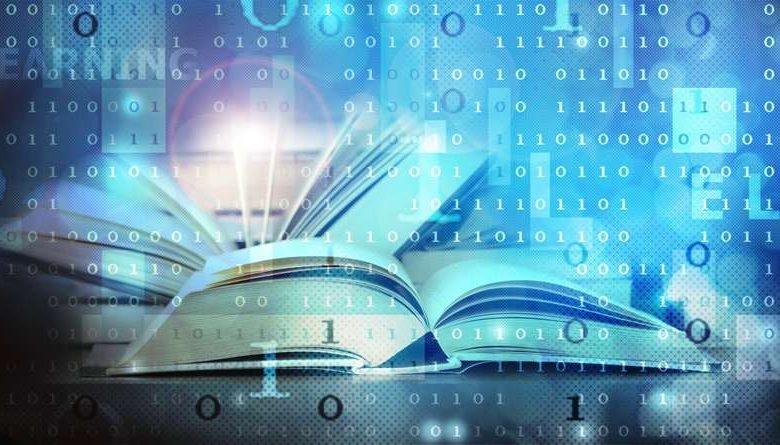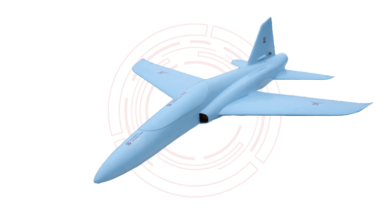


The current scenario of higher education is interconnected with technological advancement and how it affects the academic sector. The Covid-19 crisis acted as a driving force that brought innovative changes in education rapidly on a global level.
According to the predictions of the British Council, the graduates of 2025 will face the most challenging employment conditions in history. Therefore, the freshmen of 2020/21 require familiarity with technology, unlike other batches before them. It is one of the leading talents that will help them gain an edge in the market.
The global academic sectors are in flux. They must come to terms with the fact that technology is the primary force changing higher education. The students currently in the system must be learned in this field to be prepared for tomorrow. Let us now look at the different ways higher education is changing academics in 2021 and beyond.
Learning is decentralized
This is one of the most fundamental changes which are linked with the integration of technology into higher education. It is not necessary anymore for students to travel long distances or move to a new location for studying. You can aim for your desired degree and educational institute without uprooting yourself from your state, city, or country.
Decentralized learning is possible now with the advancement and access to cloud-based computing. Other factors like high-speed internet connections and affordable digital devices also play an equal role in its popularity. Now students from any corner of the world can enrol in a college or university they wish for.
In a recent meeting, the Head of Writing and Development at Dissertation help UK shared her views on this topic. She said that life-long-learning is the new norm now. Whether you plan to work freelance or as a company employee, life-long-learning will prove beneficial. Teaching students the utility and value behind technology in education will serve to ingrain professionalism from the beginning.
Reinventing the credit system
It is undeniable that the traditional way of grading helps each student to display their academic expertise. But, the recent transition towards digital learning has opened doors to gamified education strategies. This can have a massively positive impact on the way adolescents and teenagers view higher academics.
With streaming channels like Netflix and many video games integrating features related to gamification, the youth is familiar with it. They can better understand if the same strategies are implemented in the real world of education too. For instance, the points acquired in a gamified academic system can lead to rewards like internships and seminars. This will motivate more students to work harder and stand among the ranks of top performers.
Tuitions based on subscription
Higher-level academics in modern-day cost students and their guardians quite a hefty sum with living and tuition expenses. But now there is a choice to replace traditional enrollment with online learning programs for students. After the events of 2020 subscription-based learning is certainly possible.
If students have the option to pay per month for their education, the number of enrollments is likely to rise. The opportunity will be welcomed by those who might be hesitating before due to the huge academic expenditures. With support like buy assignment online services students can have an even better educational experience further on. In future years, this will allow more professionals to appear in the market and reach success.
Integrating Artificial Intelligence
The topic of technological advancement would be incomplete without mention of AI and its role in education. Similar to other fields, artificial intelligence will have equally major implications in the future of academics. It can be in various forms including chatbots, virtual tutors, or tools for assessing and examining students. AI algorithm has the potential to personalize curriculums to unprecedented standards.
With its helps, a tremendous amount of data generated by students can be processed. Which in turn will assist teachers in identifying opportunities or limitations for every single student. It is a brilliant support tool which can make educational procedures more insightful and efficient. This positive shift will enable tutors to focus more on their students and solve any hurdles they come across.
Increased accessibility to curriculum
It is inevitable, especially under the current pandemic situation, for students to have issues regarding health. This can limit their capabilities as they will be unable to learn according to the standard curriculum. Apart from sickness, there are many students who do not get equal educational opportunities because of physical disabilities. Digital academic help and support can help immensely with that and help every student recognize their value.
Teachers can use software and devices to share lectures and recordings with students. Other forms of innovative learning include interactive programs, VR/AR displays, and other visual content to convey important concepts. The creation of digital informative material relevant to class lectures or transitioning the curriculum to the cloud can highly improve accessibility. This will result in increased student attendance and performance while encouraging everyone to learn at their own pace.
Conclusion
Either for better or for worse, it is essential to accept that traditional learning is on a gradual decline. But it can also be seen as an opportunity to innovate. And a chance to make useful alterations in curriculums that have been stagnant for decades. If grasped at the right time, higher education institutes can make groundbreaking revolutions and change the future for generations.
This shift towards technology ensures that every student can equip themselves with the necessary digital knowledge. Which is the highly demanded capability for upcoming years to perform successfully in the industry. Institutes must implement educational systems which let students learn according to their skill and mindsets. Involving technology in teaching methods makes it more creative and recreates concepts for the minds of this century.
It is an unarguable fact that the results of these drastic changes will not be seen immediately. But with time, a strong foundation will be built of individuals who have stronger work ethics and values. Their passion and positivity will be the driving force in the economy of the future years.


